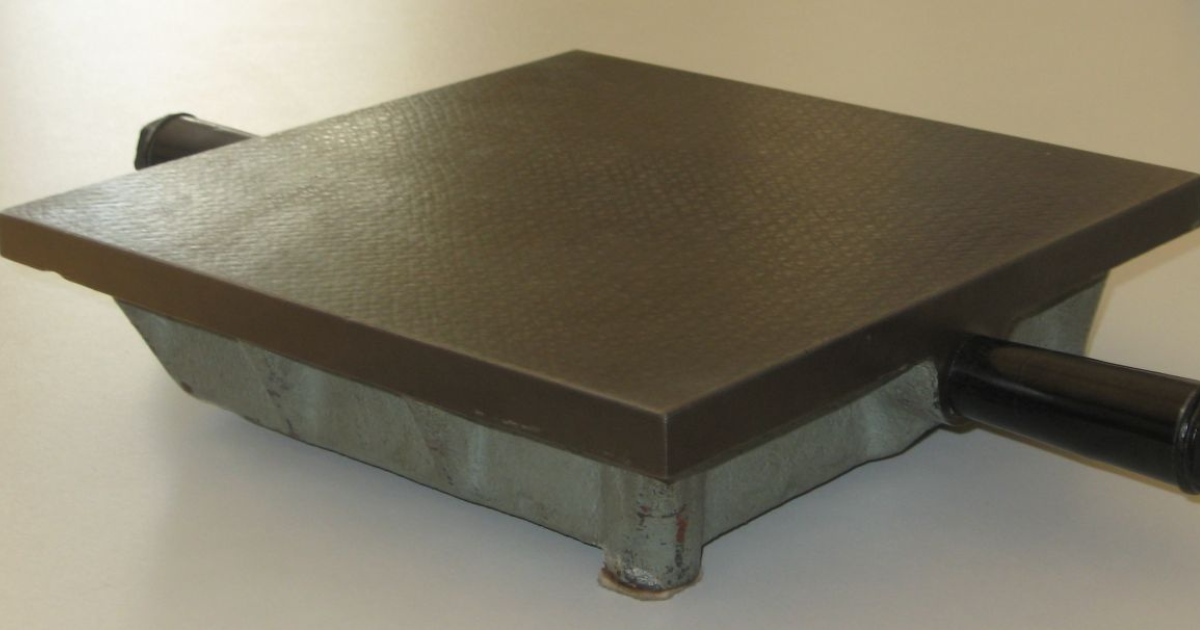Surface plates serve as flat, horizontal reference surfaces essential for dimensional measurement in various industries such as inspection, toolmaking, gauging, spotting, marking, and layout. These plates can be crafted from materials like granite, metal, cast iron, or glass.
Functioning as the standard for all measurements, surface plates are pivotal in quality control processes. They exhibit an extremely flat surface, available in Grade-00 to Grade-3 flatness accuracy standards. Industries including machine shops, precise manufacturing, defense, automotive, and aerospace rely on surface plates to ensure tight tolerances for machine tools and to identify inaccuracies or warped areas on manufactured parts.
Surface plates require regular calibration, typically once or twice annually, with the most effective practice being calibration every six months for prolonged accuracy. Areas subject to frequent use are prone to issues such as chipping, warping, or wear, making frequent calibration essential to prevent inaccuracies. An uneven surface can compromise the functionality of the entire plate, leading to measurement errors and the approval of defective parts during inspection.
Material Properties of Surface Plate
To make an ideal surface plate, the material must have the following requirements.
- Must have a high degree of rigidity.
- Resistance to the wear and corrosion
- Free from warping that is from being Twisted.
Materials used to make Surface Plates
- Cast Iron (C.I)
- Granite
- Glass
Cast Iron Surface plate / C. I Surface Plates
Cast Iron is the most commonly used material in manufacturing, machine shops, and shop floor as it provides the best surface plates over the other materials. and hard annealed in order to relieve internal stresses. The surface plates are made up of Cast Iron (C.I) are duly provided heat treatment for relieving internal stresses. The top surface of the surface plate is manufactured as absolute flat. The backside of the surface plates is having cored and ribbed structure to increase the structural rigidity to withstand the heavy loads.
Granite Surface Plates
Granite surface plates are best known due to their rustle’s properties. Granite surface plates remain unaffected by the change in temperature and Heat as well so hence it can maintain the flatness for a longer period of time. The hardness of the granite surface plates is more than the C. I Surface Plates.
Glass Surface Plates
Apparently, surface plates can also be made up of Glass. The main reasons to make the surface plates from the glass are due to the following reasons.
- Less Weight.
- Free from corrosion and burrs.
- Achieve high accuracy and it can maintain for longer life.
But they need to be handled carefully they can be broken. Ceramic Surface plates are slowly replacing the glass.
Precautions while using the Surface Plates
- The flatness accuracy of the surface plate must be checked on a regular basis to make sure the surface is in an ideal condition.
- The top surface must be properly cleaned before use in order to avoid dust and other polluted particles.
- Must be covered with the Rexine or wooden cover when they are not in use.
- Make sure to use every nook and corner of the plate so that the plate must be used in a uniform manner.
- The top surface of the plate should always be coated with corrosion resistive elements such as Oil or Grease after use.
What are the important applications of Surface Plates?
A surface plate provides a precisely accurate plain surface that is wear-resistant, and in the case of the granite surface, it has a very low thermal coefficient of expansion, so this helps its flatness resilience against temperature excursions. Heights may be measured, and surfaces marked accurately.
Choose your products at TMK Technology now.
